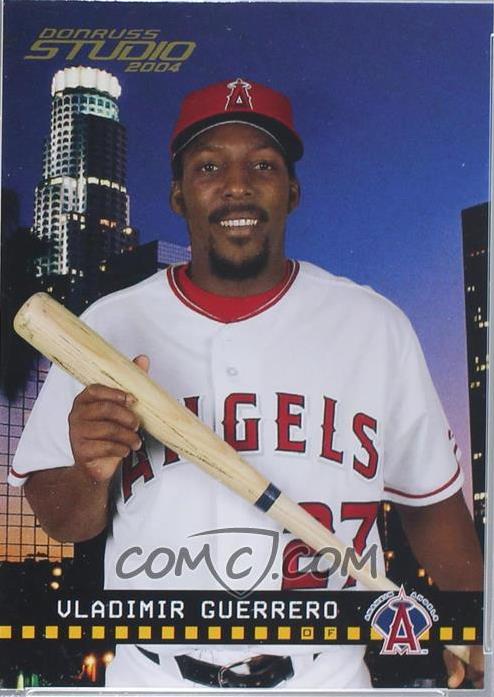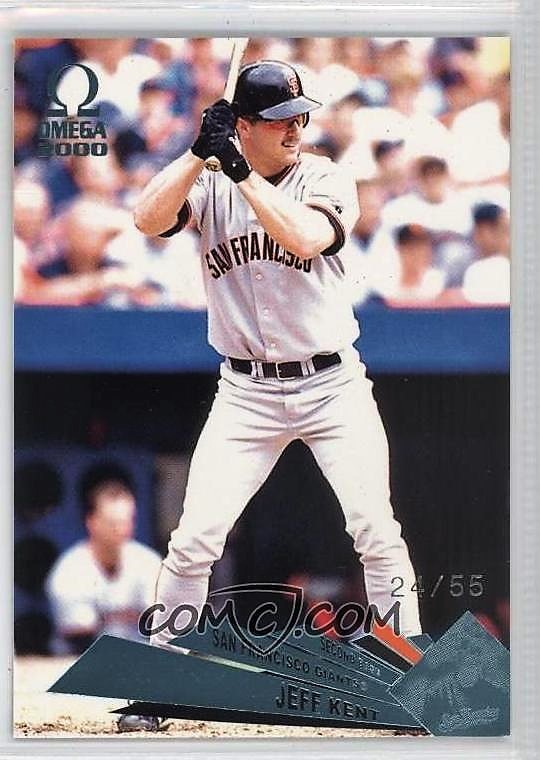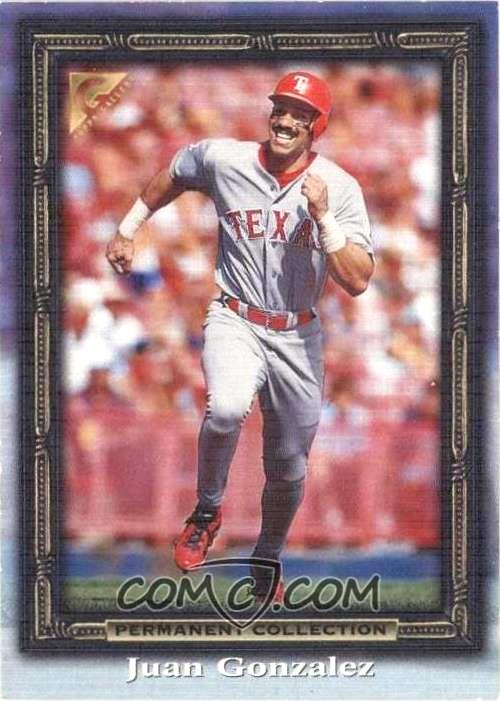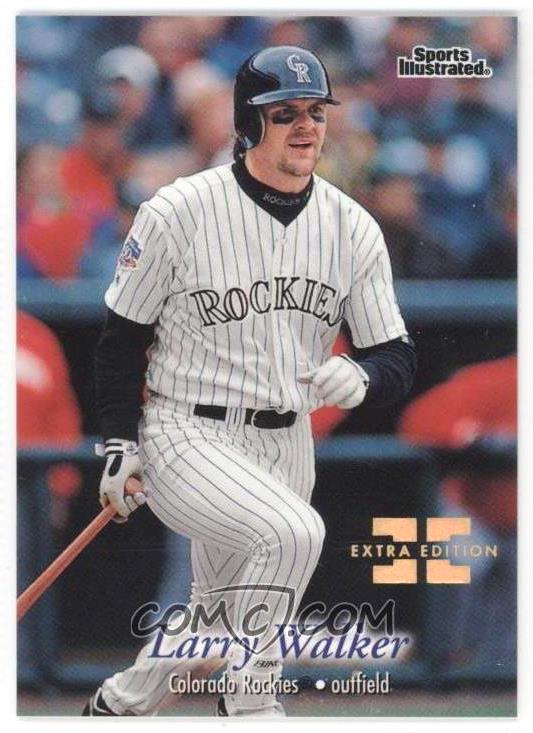This post takes a look at some of the more unusual happenings this season, some you may have heard about, but hopefully more that you haven’t (at least not until now). More after the jump.
MVP Elections – 2004 AL
 Hey everyone! Dr. Doom here again, with my penultimate post on MVPs from the past.
Hey everyone! Dr. Doom here again, with my penultimate post on MVPs from the past.
By 2004, it had become rote; more often than not over the previous six seasons, the Yankees and the Red Sox were both in the playoffs. Unsurprisingly, yet again, the Yanks and BoSox finished with the top two records in the American League. Even thought the final margin was only 3 games, the Yankees led the division from June 1st on, which makes that race a lot less exciting. They won 100+ for the third straight season (exactly 101 for the second year in a row). Was there a little extra drama due to the way they’d beaten the Red Sox the year before? Sure. I mean, if you’re leading the ALCS by 3 in the eighth inning of Game Seven, it’s probably going to add a little fuel to the fire of next year if you lose, as the Red Sox did. But mostly, it was an uninteresting race.
Best “Bad” Pitching Seasons
Not every player enjoys the good fortune of playing on good teams. Position players, even on bad teams, can attract attention with stellar counting or rate stats. But, it isn’t so easy for pitchers who, even today, can still be overlooked without an attention-grabbing W-L record.
This post is looking at pitchers who sported bad W-L records for bad teams, but who nonetheless turned in creditable if under-appreciated seasons.
Welcome to the 2017 Season
As the new season gets underway, a number of players are approaching notable career accomplishments, led by Ranger third baseman Adrian Beltre, just 58 hits shy of 3000 as this season begins.
More after the jump on career milestones and the new season.
Brandon’s Big Game
I imagine it must have made a splash at the time, but I completely missed Brandon Crawford‘s 7 hit game last August, only the fifth time since 1913 (and first since 1975) that a player has rolled a lucky seven (or more). But that wasn’t the only remarkable aspect of Crawford’s game; he also posted the 3rd highest recorded single game WPA score.
After the jump, more on baseball’s best WPA games and why Crawford’s is especially unusual.
MVP Elections – 2000 NL
 Greetings, HHS fans! Dr. Doom here again, with yet another interminably-long post about an MVP race.
Greetings, HHS fans! Dr. Doom here again, with yet another interminably-long post about an MVP race.
This is our final trip to the Senior Circuit, so my fellow NL fans and I will have to be happy with this one. The year was 2000. It was the first of a new millenium, or the last of an old one, or perhaps the only year of the Willenium (which was technically released in 1999, but it was too good of a joke to pass up). The point is, that was an actual debate that people would have. I was enjoying the summer between 6th and 7th grade, all awkward and growing my first couple of facial hairs, small and blonde though they were.
Continue reading
MVP Elections – 1998 AL
 Hey everyone! Dr. Doom here, posting under Doug’s name. Here’s our next MVP post here at HHS.
Hey everyone! Dr. Doom here, posting under Doug’s name. Here’s our next MVP post here at HHS.
Remember baseball in 1998? I sure do. There’s all that stuff about America falling in love with baseball again. I’m not sure how true it is, but if it’s a lie, it’s an awfully fun one in which a couple of sluggers are tasked with reinvigorating Americans’ love of their national pastime following the bad taste left by the player strike four years earlier. Playing the roles of dual protagonists, of course, were Sammy Sosa and Mark McGwire, making their run at Roger Maris‘s single-season home run record. But that’s an NL story. We’re here to talk about the American League. And in the American League in 1998, the big story was all about one team: the New York Yankees.
Best and Worst Hitters Against Different Pitches
That’s pitches, not pitchers! In the never-ending cat-and-mouse game between pitcher and hitter, the pitcher’s biggest advantage is choosing the type of pitch to throw to different batters in different situations. Fangraphs provides summary data from PitchFX, the system employed by MLB to track every pitch thrown in every game. Included are data on the success of each hitter against different types of pitches. Those data for the 2016 season are after the jump.
High Heat Stats joins forces with Hero Habit!
In addition to keeping High Heat Stats up and running, some of us are also contributing content at Hero Habit (http://www.herohabit.com/) now. You can find articles simillar to the ones that get posted here over on that site, such as an article by Ely about Scott Boras and the Nationals or a series of posts of some of my favorite baseball cards. Please check out the site and feel free to comment!
MVP Elections – 1997 NL
 Dr. Doom here again, with yet another MVP post.
Dr. Doom here again, with yet another MVP post.
The National League in 1997 was an interesting bird. The second-best team was the Florida Marlins, who won the wild card. The best team was the Braves – just as they had been in 1996, and 1995, (1994 was the strike year,) and 1993, and 1992, and 1991. And they would be again in 1998, and in 1999. The ’90s were their party, alright. Too bad it didn’t work out for them in the World Series department. Anyway, one of the oddest things about the 1997 NL is just how balanced it was; only 3 of the 14 teams were more than 5 games under .500. And of course, this was the middle of Selig-ball.
Incidentally, 1997 was probably the first season that I followed really heavily from start to finish. I had been following the AL from before the strike, at least a little. But, in the Brewers final year in the AL, I thought it was about time to start checking out the competition. And, of course, with 1997 being the advent of inter-league play, it was the perfect time to start learning. It was also convenient, for the purposes of this post, that I remember bits and pieces of this year. But, because we’re in the heart of Selig-ball, just remember that the numbers are going to be a LOT bigger all of a sudden, both for position players and pitchers. May your eyes adjust well! Continue reading
